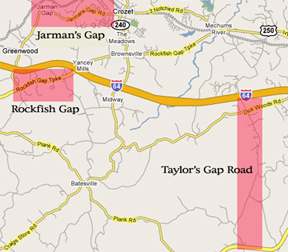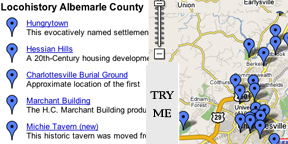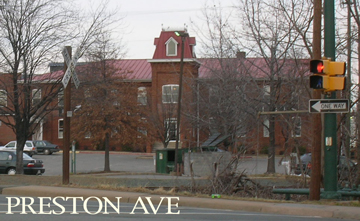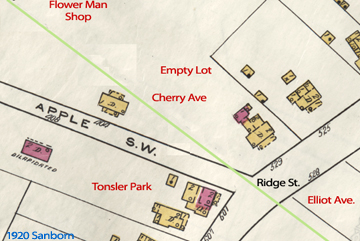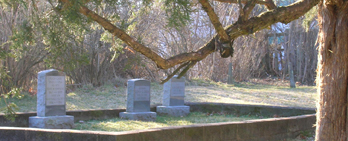The Scottsville Museum is a hidden treasure….about 20 miles south of C-ville, but worth the trip. They have recently opened a new exhibit, titled “Small Town, Big War.” They have collected dozens of oral histories from Scottsville veterans who served in the war (conveniently transcribed and available in notebooks distributed throughout the exhibit). The photo shown here illustrates a reconstructed tent space of a U.S. Army communicator at a WWII command post.




